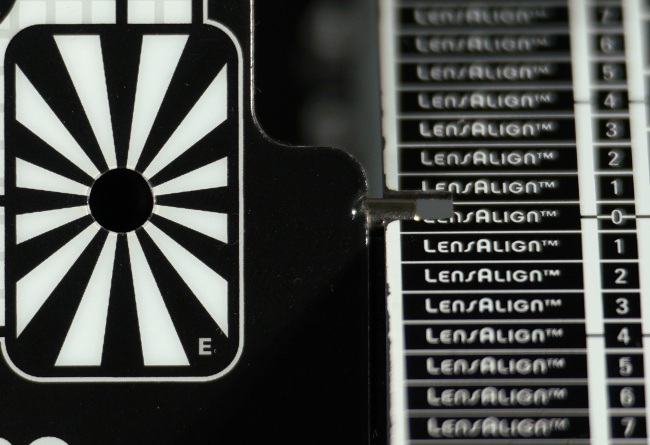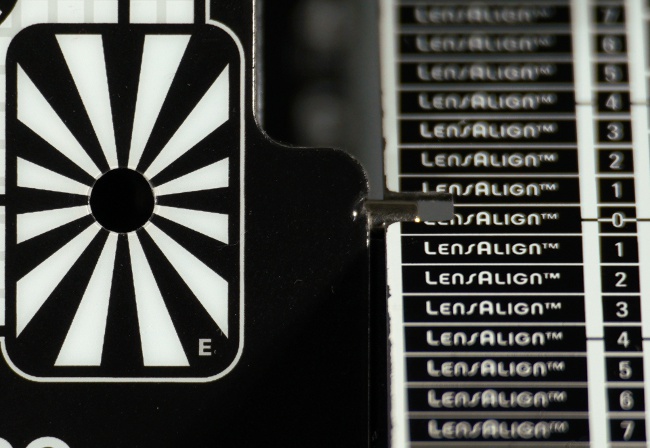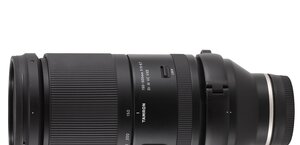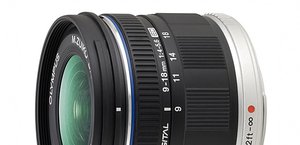Tamron 70-180 mm f/2.8 Di III VC VXD G2
10. Autofocus and focus breathing
Autofocus
The autofocus of the tested Tamron is based on the linear VXD motor. Joined with the Sony A7R IIIa this mechanism's work is practically noiseless and very fast. Running through the whole distance scale and confirming the focus takes typically about 0.4-0.6 of a second, a good result. It's worth mentioning that the speed of the performance depends slightly on the focal length you employ. The shortest time we registered at the 70 mm focal length and the longest at the 180 mm. Still differences between them aren't huge, most often they don't exceed the range, mentioned above.When it comes to the accuracy we don't have any serious objections whatsoever no matter whether we tested the lens in our studio or outside. The number of misses didn't exceed 4%. Still we have to mention the fact that we found the autofocus culture work better in the more expensive Sony model.
Photos below show that the tested Tamron had a slight front focus tendency but this effect wasn't very pronounced and it made itself felt only when we took photos from very close distances. Even then our aim usually was situated inside DOF area so we didn't have to correct the autofocus from the camera menu level every single time.
Please Support UsIf you enjoy our reviews and articles, and you want us to continue our work please, support our website by donating through PayPal. The funds are going to be used for paying our editorial team, renting servers, and equipping our testing studio; only that way we will be able to continue providing you interesting content for free. |
- - - - - - - - - - - - - - - - - - - - - - - - - - - - - - - - - - - - - - - - - - - - - - - -
| A7R IIIa, 125 mm, f/2.8 |
 |
| A7R IIIa, 180 mm, f/2.8 |
 |
Focus breathing
Focus breathing tests show reframing images as you oversharp them. We conduct the test by manually passing from the minimum focusing distance to infinity with the aperture stopped down; then we check how the field of view of the lens changed as a result.After conducting a number of tests now we think we are also able to determine some reference points. A frame change ranging from 0 to 5% we consider to be low. Between 5 and 10% you can speak about medium levels. Usually such values constitute also the maximum efficiency level of any breathing compensation algorithms, present in some bodies. Between 10 and 15% focus breathing is high, above 15% its level can be called very high.
The test video of the Tamron lens is presented below:






